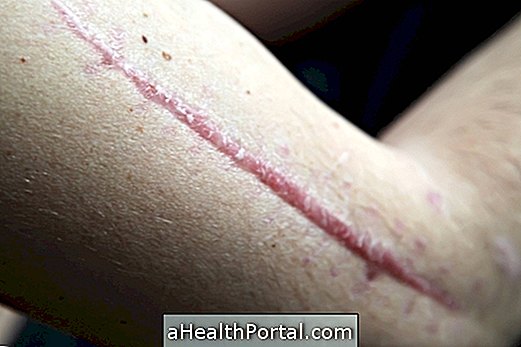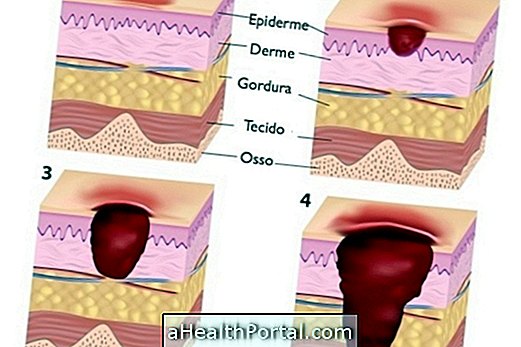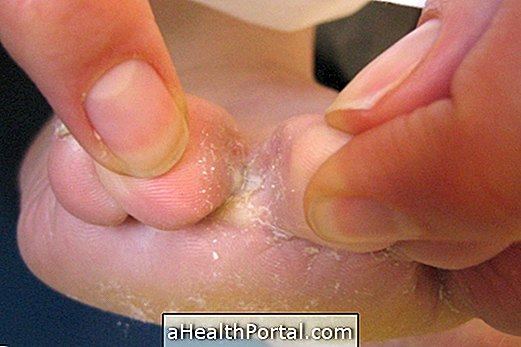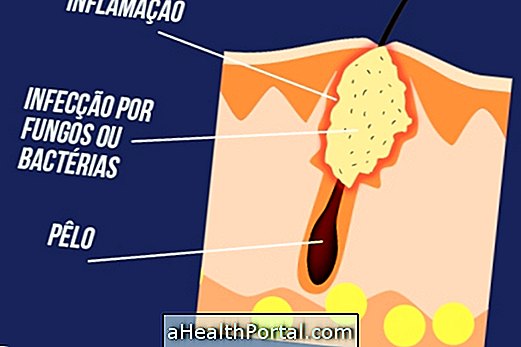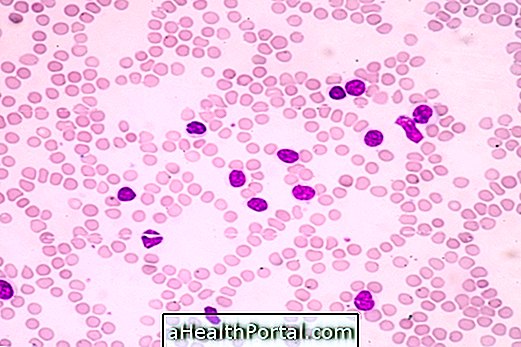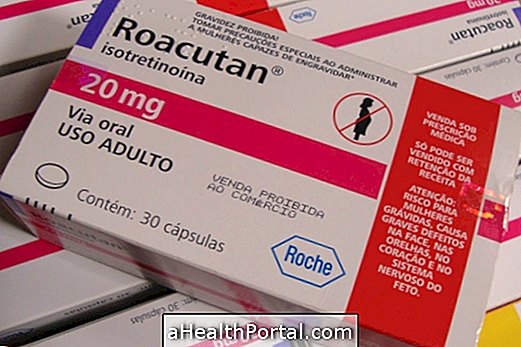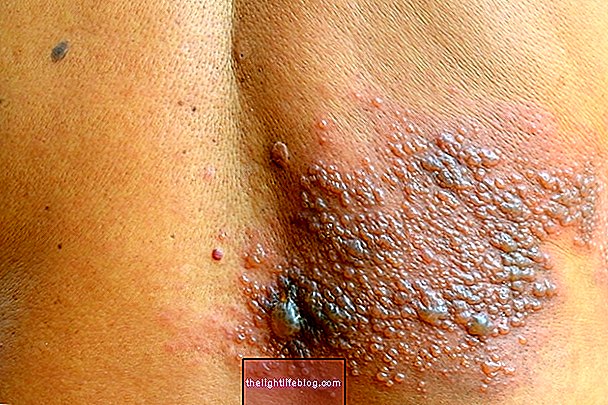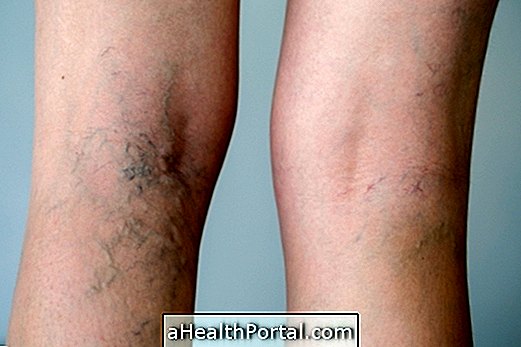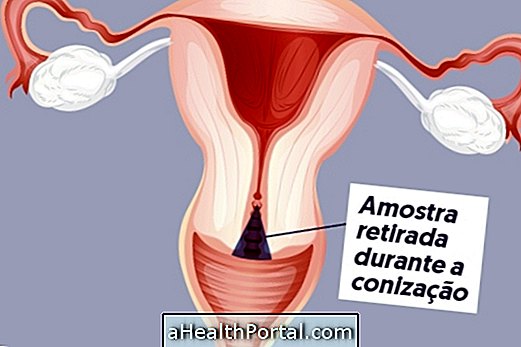Fish-eye is a type of wart that can appear on the soles of the feet that is caused by HPV types 1, 4, and 63 when it comes in contact with the skin. It is very similar to a callus that can make it difficult to walk due to pain when stepping on it and its treatment can be done using lotions that remove the outermost layer of the skin.
Another fish-like lesion is the plantar harpsichord, where in the latter case there are no black spots in the middle of the callus and when the lesion is pressed laterally, only the fish eye causes pain, while the plantar harpsichord it only hurts when it is pressed vertically.
Although HPV is cancer-related, the eye has no connection to cancer cells.
Fish eye photos
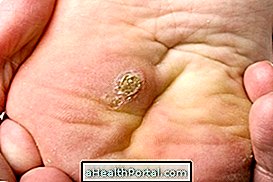



Fish Eye Signs and Symptoms
This plantar wart is characterized by an elevation of the skin, forming a small yellowish rounded lesion with one or several black spots in the middle, which are small blood vessels, as the images show. These warts may be unique or the person may have several scattered around the soles of the feet, causing pain and discomfort when walking.
How To Treat Fish Eye
Initially, the podiatrist may indicate the use of salicylic acid, nitric acid, or trichloroacetic acid topical remedies to use at home once a day. This medicine will make a gentle chemical exfoliation on the skin, removing the most superficial layer without damaging the dermis and the epidermis, being effective in eliminating the wart.
If the wart is already in a more chronic stage of the disease, reaching very deep regions of the skin, it may be necessary to have a dermatologist, so that in addition to the use of these medicines the doctor removes it in a small surgery in a doctor's office using cryotherapy with liquid nitrogen, for example.
Home treatment
1. Remove excess skin
To treat the fish eye at home you can soak your feet in a bowl with warm water and a little salt, to soften the skin and remove as much of the dirt as possible. After your feet are properly cleaned and your skin is softer, you can move a little pumice stone to remove excess keratin from the area around the wart. However, this procedure should not cause pain or discomfort.
One should not try to pull the skin by trying to remove the wart from the soles of the feet at home because the viruses can spread, giving rise to new warts and because there is a risk of local infection, since fragile skin allows the entry of micro -organisms more easily.
2. Moisturize the skin
After removing excess skin, keratin and the most superficial part of the wart, you can hydrate your feet thoroughly by applying a moisturizing cream to dry skin and a pair of socks to make sure your feet remain well hydrated.
3. Apply the solution indicated by the podiatrist or dermatologist
After bathing, before you lie down you should have your feet cleaned and moisturized and then apply the solution indicated by the podiatrist or dermatologist, letting the product work all night or for the time indicated by the professional. These medications can be used in a liquid or ointment form, where a band-aid type is used to mask the lesion.
The complete removal of the callus can take about 1 month, but as early as the first week you should notice some difference. During the treatment, an insole can be used inside the shoe to support the region around the fish eye, preventing body weight on the injury causing pain. These insoles can be purchased from pharmacies.

